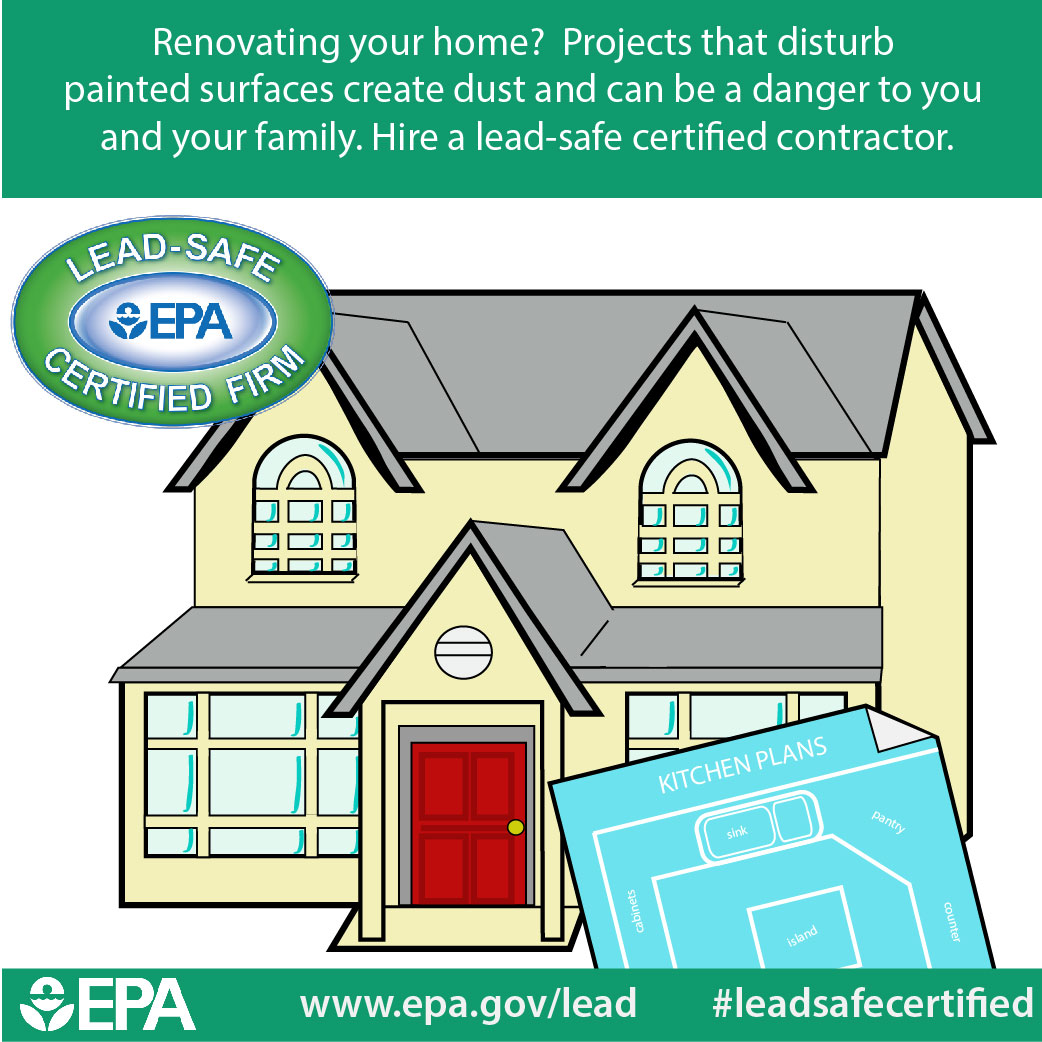Figure Out How Seasonal Variables Affect Business External Paint Success And Uncover The Most Effective Times To Ensure Enduring Outcomes For Your Job
Figure Out How Seasonal Variables Affect Business External Paint Success And Uncover The Most Effective Times To Ensure Enduring Outcomes For Your Job
Blog Article
Material Writer-McLamb Chaney
When you're intending an industrial external painting job, seasonal factors can make or break your outcomes. You'll intend to think about how temperature level and moisture effect paint application and drying times. Selecting the appropriate season can guarantee your paint sticks effectively and lasts much longer. But which periods are really the best for this kind of work? Allow's check out the key elements that can influence your project's success.
The Impact of Temperature on Paint Application
When you're planning a business outside paint job, the temperature can considerably affect just how well the paint adheres and dries out.
Preferably, you want to repaint when temperature levels range between 50 ° F and 85 ° F. If it's also cold, the paint might not treat properly, bring about problems like peeling off or fracturing.
On the other hand, if it's as well hot, the paint can dry too rapidly, preventing appropriate attachment and leading to an unequal surface.
You must likewise think about the time of day; early morning or late afternoon supplies cooler temperatures, which can be a lot more favorable.
Constantly examine the supplier's referrals for the certain paint you're using, as they often offer guidance on the ideal temperature level array for ideal results.
Humidity and Its Impact on Drying Times
Temperature isn't the only environmental variable that affects your industrial outside painting job; humidity plays a substantial function also. interior exterior painters near me can slow down drying times considerably, influencing the overall top quality of your paint work.
When the air is filled with dampness, the paint takes longer to heal, which can result in issues like bad attachment and a greater danger of mold development. If you're painting on an especially damp day, be gotten ready for extensive wait times between layers.
It's essential to check regional weather conditions and strategy accordingly. Preferably, go for moisture degrees in between 40% and 70% for optimal drying.
Maintaining these factors in mind ensures your project remains on track and provides a long lasting finish.
Best Seasons for Commercial Outside Painting Projects
What's the best time of year for your business external painting jobs?
visit the up coming post and early autumn are typically your best options. During these periods, temperatures are light, and moisture levels are commonly lower, producing suitable problems for paint application and drying out.
Prevent summer season's intense heat, which can cause paint to dry too rapidly, leading to bad adhesion and coating. Likewise, winter months's chilly temperatures can hinder correct drying out and curing, risking the durability of your paint job.
Go for days with temperature levels in between 50 ° F and 85 ° F for ideal results. Keep in mind to examine the neighborhood weather forecast for rain, as damp conditions can destroy your job.
Planning around these aspects guarantees your painting job runs smoothly and lasts much longer.
Conclusion
Finally, preparing your commercial outside paint tasks around seasonal considerations can make a substantial distinction in the result. By scheduling job throughout the suitable temperatures and humidity degrees, you'll make certain much better bond and drying times. Bear in mind to keep an eye on regional weather prediction and pick the right time of year-- springtime and very early autumn are your best choices. Taking these actions will aid you accomplish a long lasting and professional coating that lasts.
